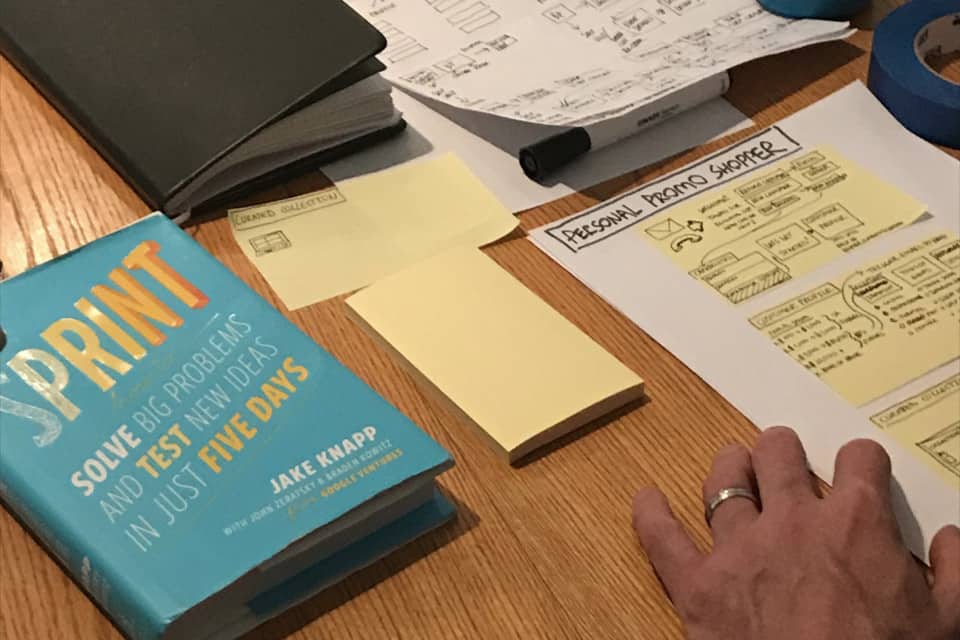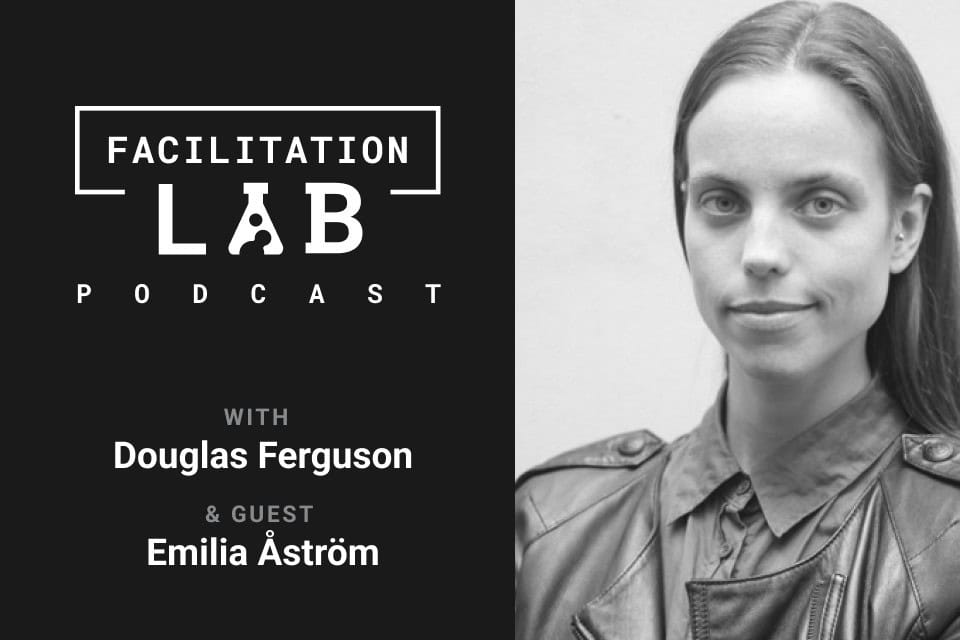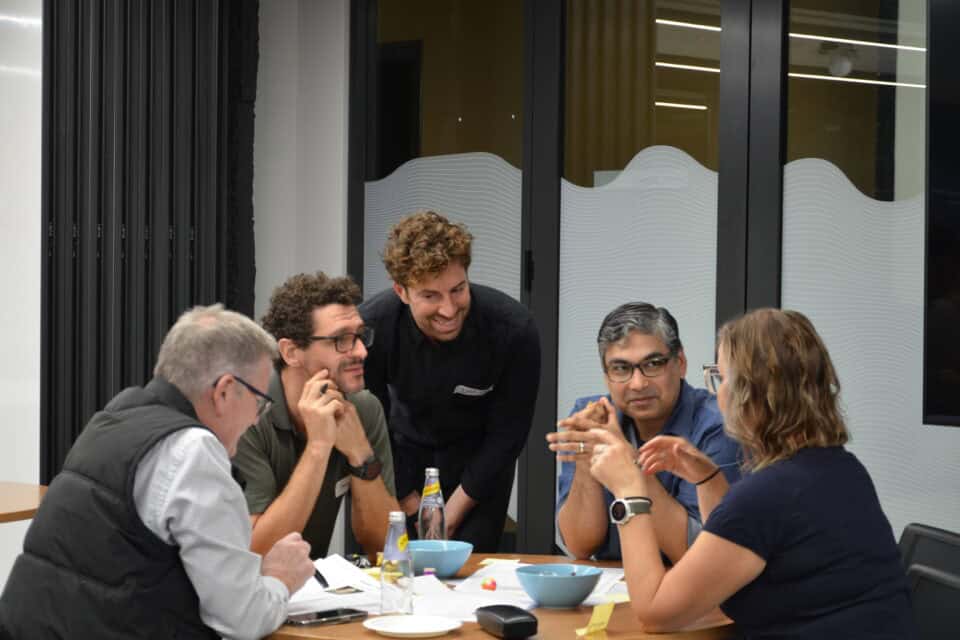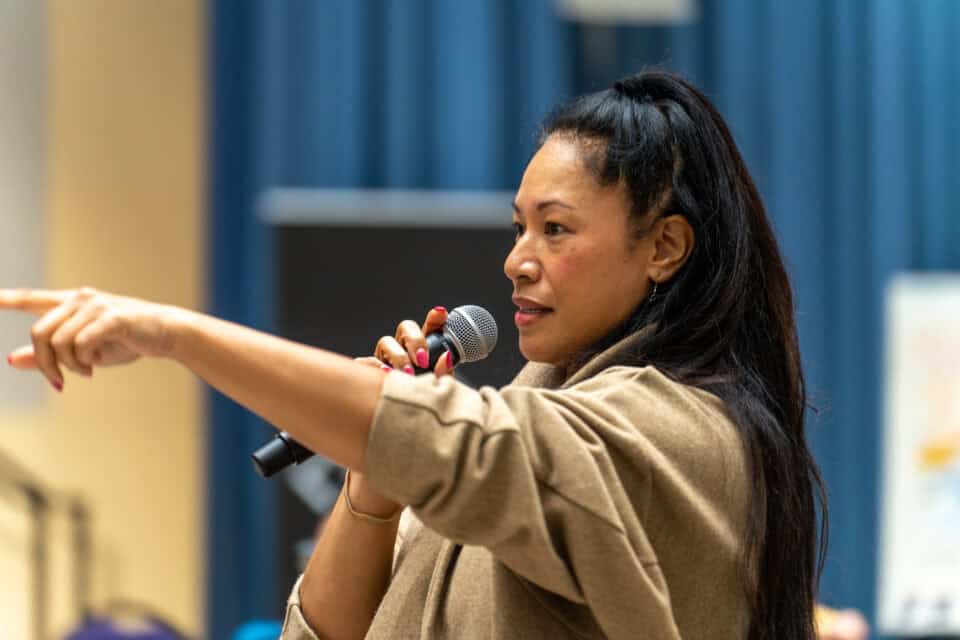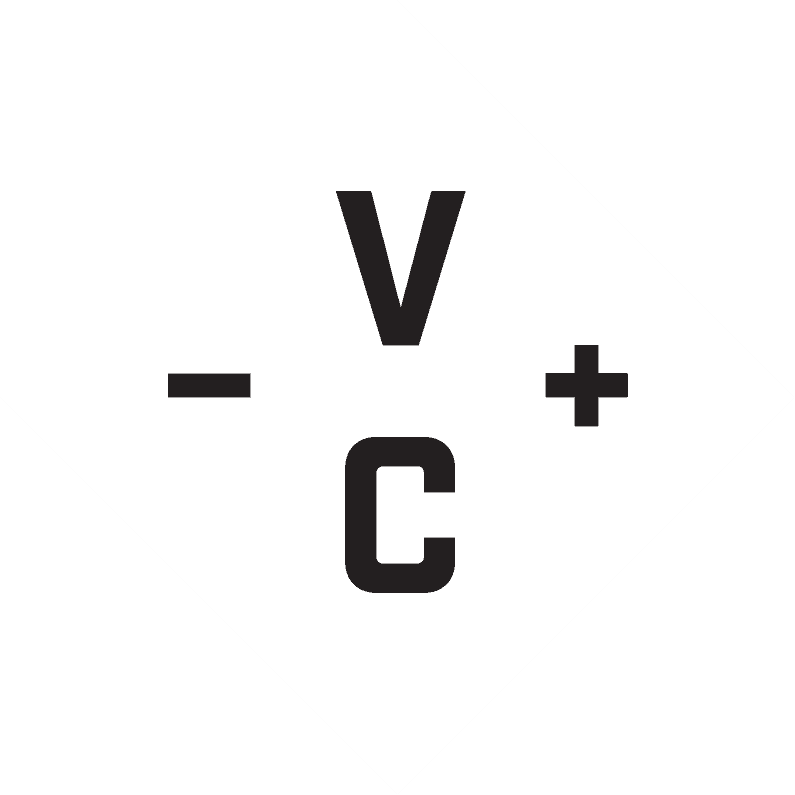In professional development, the principles of practice and feedback are vital. Much like athletes and musicians refine their skills through rehearsal and critique, professionals must engage in deliberate practice and seek feedback to master their craft. This blog post explores these elements, providing insights and strategies to foster growth and success in the workplace. Facilitators, in particular, need ongoing practice and feedback to enhance their skills. Structured practice opportunities and feedback loops help identify strengths and areas for improvement. Embracing a growth mindset is essential, as it encourages seeking feedback and viewing challenges as learning opportunities. In professional settings, practice often gets neglected, overshadowed by the expectation to perform flawlessly. To foster growth, professionals need environments where they can safely practice and receive feedback, similar to athletes rehearsing before a performance.



